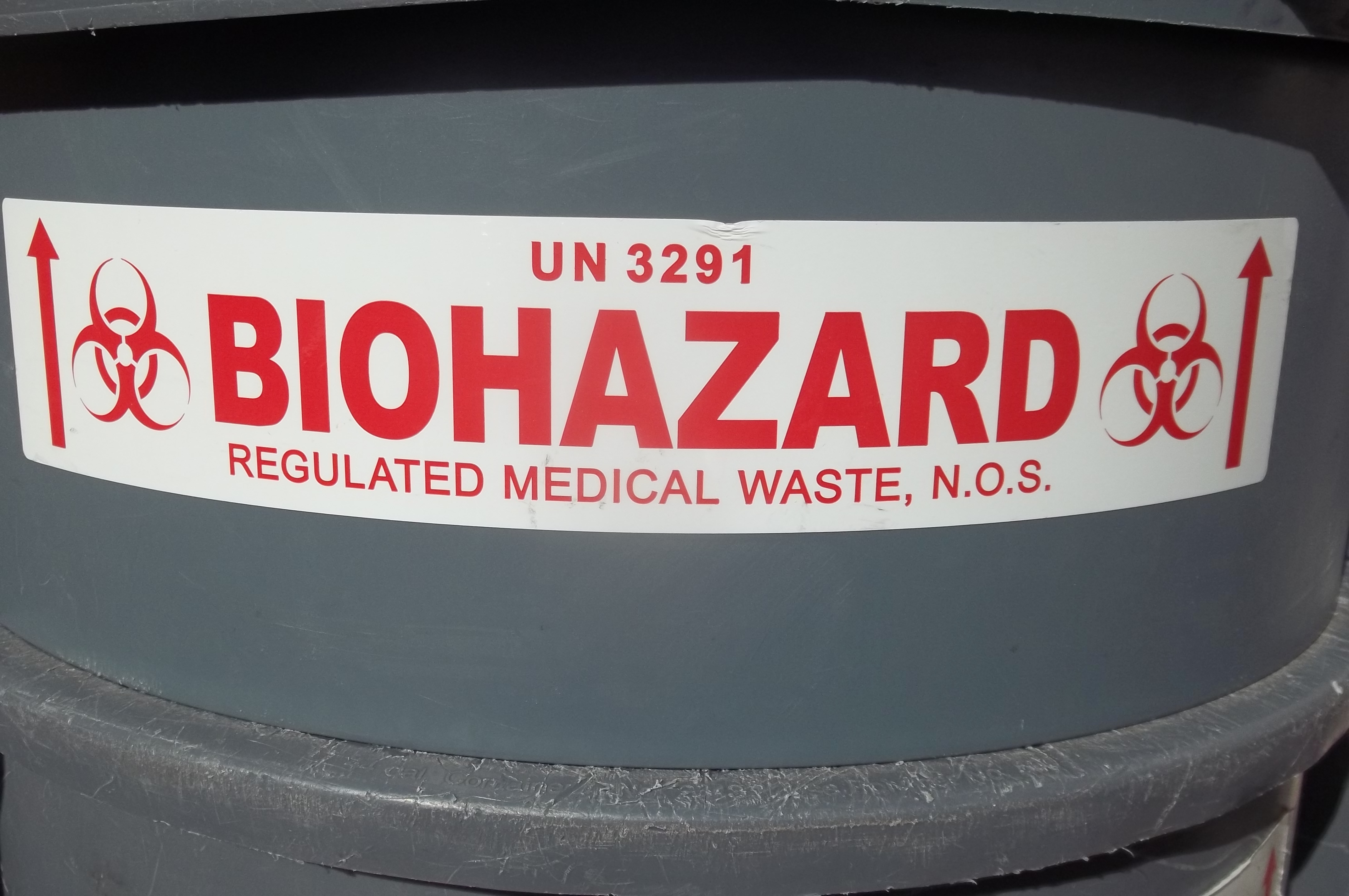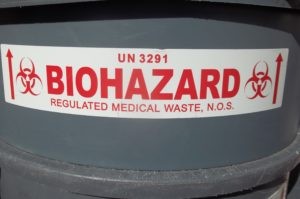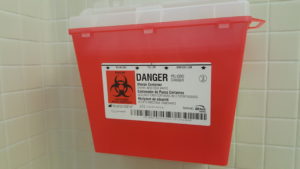USEPA Regulations for the Management of Medical Waste:
It was the summer between my freshman and sophomore years of college at the University of Wisconsin – Stevens Point when news broke in July of 1988 about needles and other medical waste washing up on public beaches on the eastern seaboard. The national media performed admirably as a source of un-sensationalized and thoughtful information about this public health calamity (Note: irony). By 1991 it became clear that the panic was overblown, as it was later reported that “At the end of the summer, the medical-type waste found on Long Island’s beaches would have barely filled a picnic basket.”
That didn’t stop the U.S. Congress from enacting the Medical Waste Tracking Act (MWTA) of 1988 to amend the Solid Waste Disposal Act (SWDA). The U.S. Environmental Protection Agency (USEPA) regulations for the act went into effect on June 24, 1989 and expired on June 21, 1991. In that time they were effective in four states only: New York, New Jersey, Connecticut, Rhode Island, and Puerto Rico. There were several purposes for this two year program:
- Gather information related to medical waste management.
- Focus attention on the medical waste issue.
- Examine various treatment technologies for medical waste.
- Provide a model for states and other federal agencies to develop their own medical waste programs.
USEPA concluded from the MWTA that the disease-causing potential of medical waste decreases naturally from its point of generation as it moves toward its final destination. USEPA has not renewed the MWTA and has left regulation to the individual states or to other federal agencies.
State Regulations for the Management of Medical Waste:
Most states have since further developed their own programs resulting in each state program differing significantly from each other. One key difference between state regulations and the Federal MWTA is their application to industrial and commercial facilities and not just to medical facilities and hospitals. Therefore, any medical waste generated at an industrial or commercial facility – even if generated by employees and not part of the business – cannot go to landfill, but must meet strict state requirements for on-site handling and off-site disposal.
Another difference is how the waste is named. While identified as “Medical Waste” by the Federal act and regulations, it may go by several different names under state regulations:
Check with your state to determine your responsibility for management of Medical Waste
Other Federal Agencies Management of Medical Waste:
The Pipeline and Hazardous Materials Safety Administration within the U.S. Department of Transportation (USDOT/PHMSA) regulates the transportation of medical waste as a Division 6.2 Infectious Substance. The definition of an infectious substance at 49 CFR 173.134(a)(6) reads:
Sharps means any object contaminated with a pathogen or that may become contaminated with a pathogen through handling or during transportation and also capable of cutting or penetrating skin or a packaging material. Sharps includes needles, syringes, scalpels, broken glass, culture slides, culture dishes, broken capillary tubes, broken rigid plastic, and exposed ends of dental wires.”
Regardless of Federal and state regulations, USDOT/PHMSA Hazardous Materials Regulations (HMR) will apply to the off-site transportation of a medical waste as a Division 6.2 Infectious Substance.
The Occupational Safety and Health Administration’s (OSHA) Bloodborne Pathogen Standard can be found at 29 CFR 1910.1030. While aimed primarily at healthcare workers and others who deal with blood and body fluids on a regular basis, it also covers maintenance, custodial, laundry, and waste handlers that may be called upon to clean up body fluids after an accident. OSHA website.
The Centers for Disease Control and Prevention (CDC) has guidance for persons working with infectious pathogens. CDC website.
State regulations, whether for Medical Waste, Hazardous Waste, Universal Waste, Non-Hazardous Waste, or Used Oil present an additional level of regulations for any industrial, commercial, or government facility. Please contact me with any questions you may have about the management of waste under Federal or State regulations.





